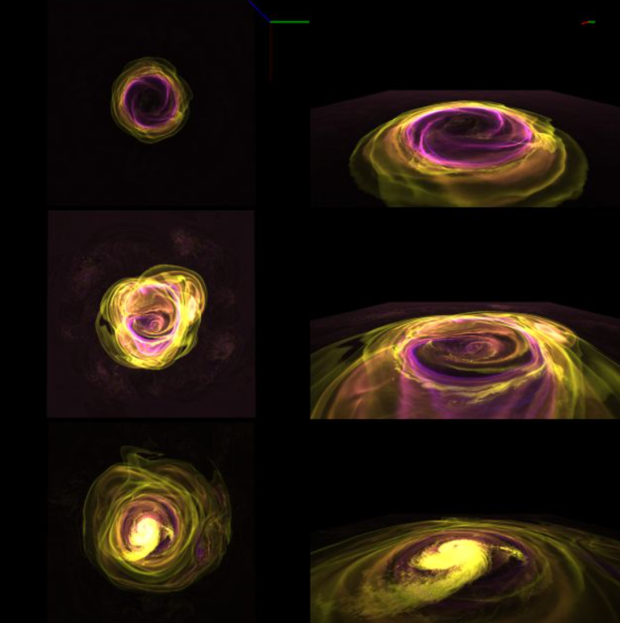Supercomputers are incredible pieces of technology for a myriad of reasons, and one of those reasons is the unlocked capability to run highly complex computer simulations.

Astronomers and researchers alike have been using supercomputers to run simulations of astronomical objects in an attempt to learn more about how they work, came to be, and evolve. One of those objects is neutron stars, or the leftover corpse of a star that has expelled all of its fuel and exploded in a fiery supernova.
While the material on the outside of the star is blasted into space, the core of the neutron star collapses, forming an extremely dense sphere that is only approximately 12 miles in diameter. However, this small ball has as much mass as 2.3 of our Sun's. Scientists don't have a full understanding of neutron star properties, with a prime query being how matter can be that dense.
"We can see these events happen in finer detail with a simulation. One of the things we want to do is understand the properties of the neutron star because we want to understand how matter behaves at the extreme densities you would find in a neutron star," says computational astrophysicist Michael Zingale of the State University of New York at Stony Brook
When a neutron star's extreme gravity consumes surrounding material it can create a thermonuclear explosion that sends X-radiation bursts throughout the universe, and researchers believe analysing these bursts will give them insight into the properties of the neutron star.
"The big goal is always to connect the simulations of these events to what we've observed. We're aiming to understand what the underlying star looks like, and exploring what these models can do across dimensions is vital," Zingale explains.
Previously researchers used the Summit supercomputer at Oak Ridge National Laboratory to simulate thermonuclear explosions in two dimensions, and now they have conducted the same experiments in three dimensions. The experiments created a 3D model of a neutron star that had a temperature several million times hotter than the Sun, a spin speed of 1,000 rotations per second.



